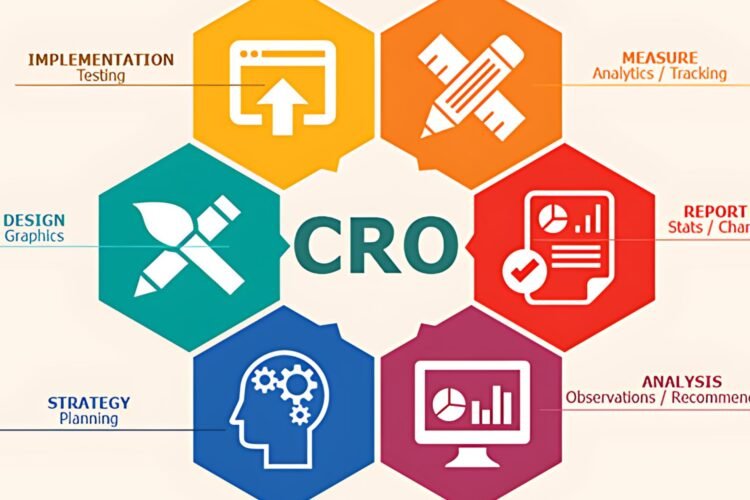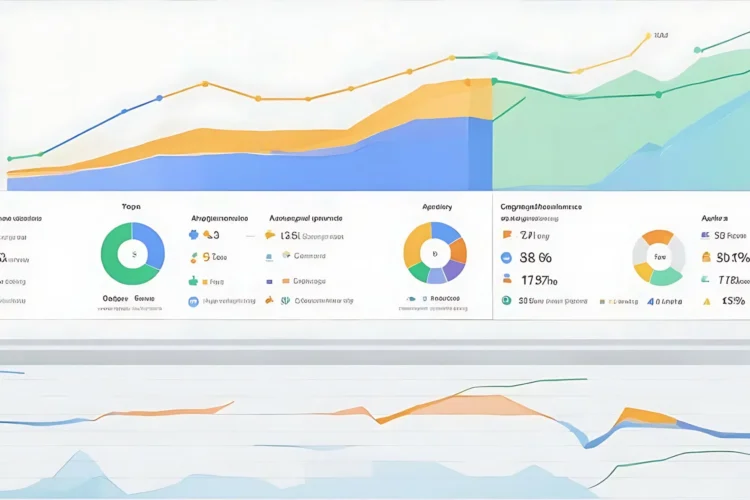
Advertising can be a jungle. Imagine stepping into a big warehouse filled with TVs, publications, giant billboards, and dazzling web pop-ups. This is the world of advertising. Classification of advertising allows us to arrange this chaos. It’s like dividing the storehouse into categories: newspapers, social media ads, commercials, and anything else that catches your eye on your way to work. Understanding these divisions allows you to select the best “advertising tool” for reaching the individuals you want and delivering the message you need.
Different categories used for classification of advertising
Media-Based Classification: This considers the channel utilized to deliver the ad.
Objective-Based Classification: This emphasizes the purpose of the ad campaign.
Target Audience-Based Classification: This evaluates who the ad is attempting to target.
Media-Based Classification
Media-based classification of advertising is the cornerstone for understanding how advertising messages reach their intended audiences. It categorizes advertising based on the channel or platform used for distribution.
Print Advertising: This classic strategy relies on actual printed products such as newspapers, periodicals, brochures, and flyers. Print advertisements provide credibility and can target certain populations through magazines tailored to their interests. Reach is limited as compared to digital possibilities, and engagement may be reduced when people skim through physical material.
Broadcast Advertising: Television and radio ads are the most powerful forms of broadcast advertising. They use sight, sound, and, in certain cases, motion to draw spectators in. Television has a greater reach and can convey a sense of general appeal, whereas radio advertising is noted for their cost-effectiveness and ability to target specific demographics through programming selections.
Digital Advertising: It is the most popular classification of advertising methods. Search engine marketing displays adverts in search engine results pages, whereas social media advertising enables highly targeted campaigns based on user data. Banners, pop-ups, and video adverts are deliberately distributed across websites as part of display advertising. Native advertising effortlessly integrates promotional information into current content on a platform, resulting in a less disruptive experience. Digital advertising provides real time targeting capabilities, real-time data, and the option for interactive aspects.

Outdoor Advertising: Outdoor advertising includes billboards, bus stops, and carefully placed signs. This category uses high-impact images and succinct messaging to capture people’s attention on the go.
Objective-Based Classification
Objective-based classification of advertising is at the foundation of creating a successful advertising campaign. It goes beyond merely getting your word out there and focuses on the precise consequence you want.
Brand Awareness Advertising: This is all about increasing awareness and familiarity with your brand or product. Consider introducing yourself at a gathering. Brand awareness advertising does the same thing: they present your brand to a large audience, emphasizing its name, emblem, and possibly even a snappy slogan. They frequently employ emotive storytelling or humor to make a lasting impact.
Brand Positioning Advertising: This classification of advertising method increases brand recognition by developing a distinct picture or association for your brand. Consider carving out a niche for yourself during the gathering. The ads here do more than just introduce your business; they also highlight its unique selling proposition and the emotions or values it represents. A luxury car brand may display their vehicles alongside magnificent scenery, emphasizing adventure and class. A sportswear firm may showcase athletes using its gear, communicating themes of performance and pushing boundaries.
Direct Response Advertising: The goal is to get the audience to take instant action. Consider giving out discount coupons at the celebration. Direct response advertisements usually include a clear call to action, asking viewers to purchase a product, sign up for a service, or visit a website. They frequently feature unique bargains, limited-time specials, or easy ways to buy.
Target Audience-Based Classification
Target audience classification of advertising is all about determining who you want to target with your advertising message. It is critical because different groups of individuals respond better to different types of advertisements.
Consumer Advertising: This is the most frequent type, which targets individual consumers depending on a variety of criteria.
– Age, gender, family size, academic level, and so forth. Consider a new sports shoe advertisement aimed at youthful, health-conscious people.
– interests, ways of living, passions, etc. A brand of camping equipment would aim its advertisement toward outdoor enthusiasts.
– values, character attributes, and actions. Someone who values achievement and status may be the focus of a luxury vehicle advertisement.
Combining Classifications for a Strategic Approach
Consider advertising a fitness tracker. To reach the proper people, try using social media to target young, health-conscious individuals. To reach this aim, however, you must first decide whether you desire brand exposure or direct response. By combining these classification of advertising, you may create a strategic campaign: social media advertising highlighting the tracker’s features target young fitness fanatics, increasing brand awareness and potentially leading to app downloads.
The Rise of Programmatic Advertising and Ad Tech
Consider a complicated stock exchange, except instead of equities, it’s advertising space. Programmatic advertising employs software to automate the purchase and sale of ad spots across several websites and apps. Ad tech platforms serve as a marketplace, enabling advertisers to target certain demographics and interests. This real-time bidding mechanism ensures that your ad reaches the correct audience, on the right platform, and at the right time. It’s a win-win situation for advertisers looking to reach specific populations and publishers who want to sell ad space efficiently.
The Future of Advertising Classification
The future of classification of advertising revolves around becoming even smarter and more customized. As technology progresses, classifications are expected to include increasingly more data elements. Consider ads that are based on your most recent web searches, purchase behavior, or even your mood. This hyper-personalization will necessitate careful data management and user privacy issues.


